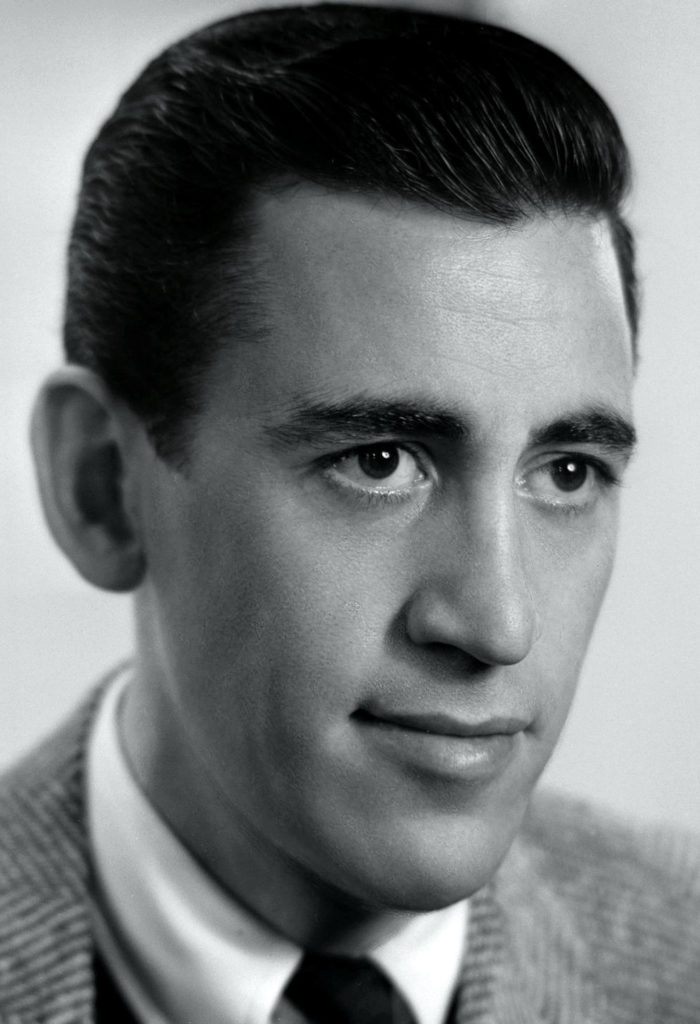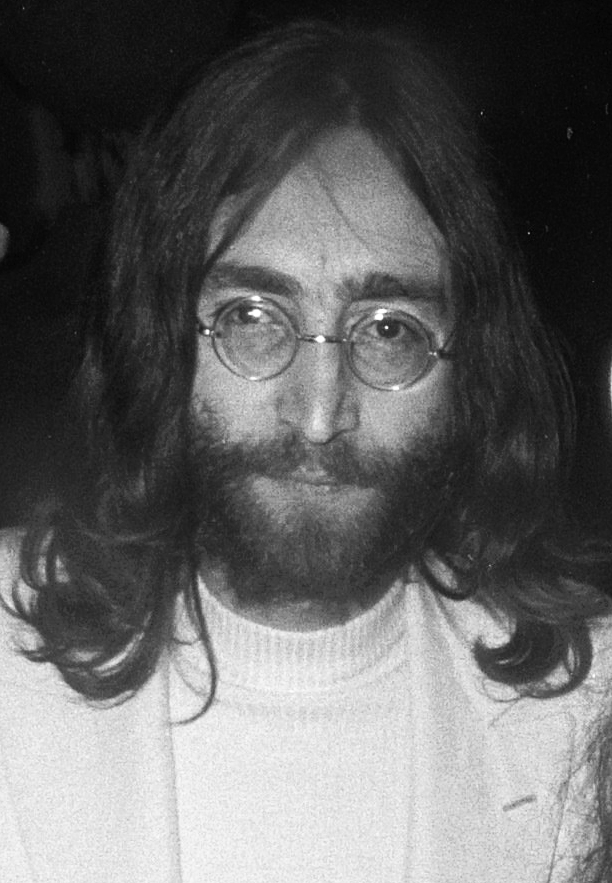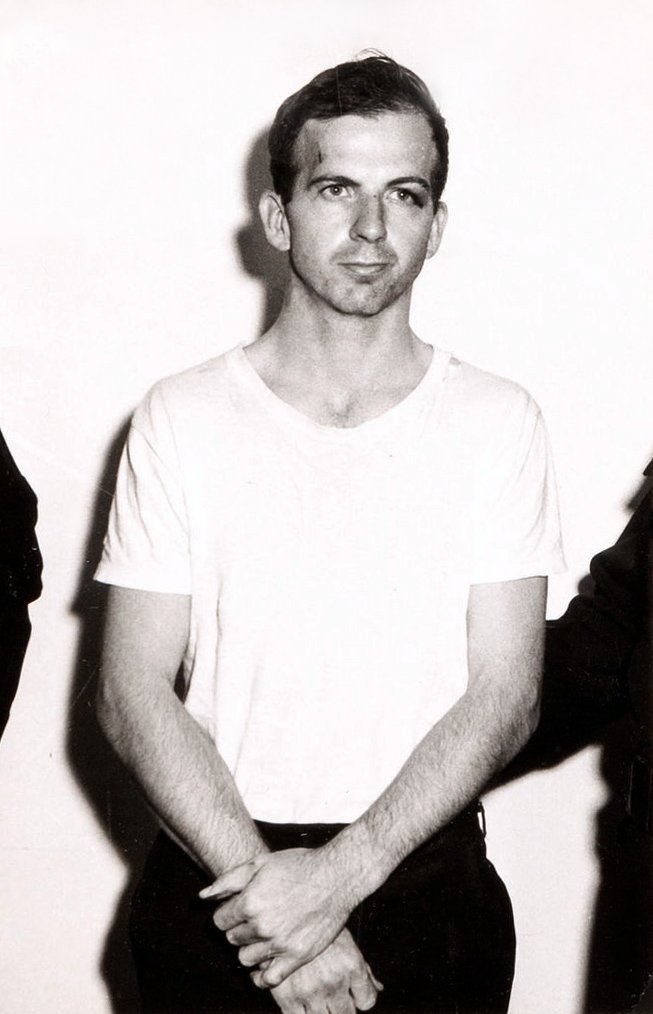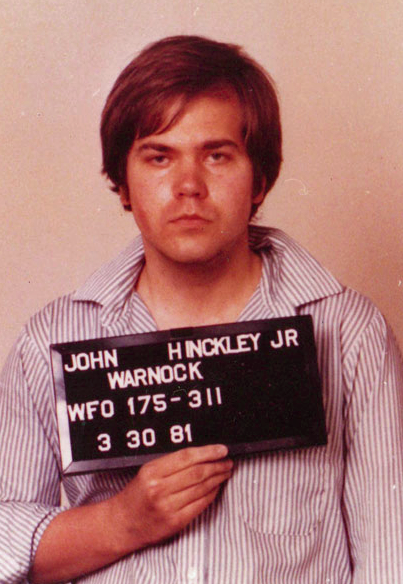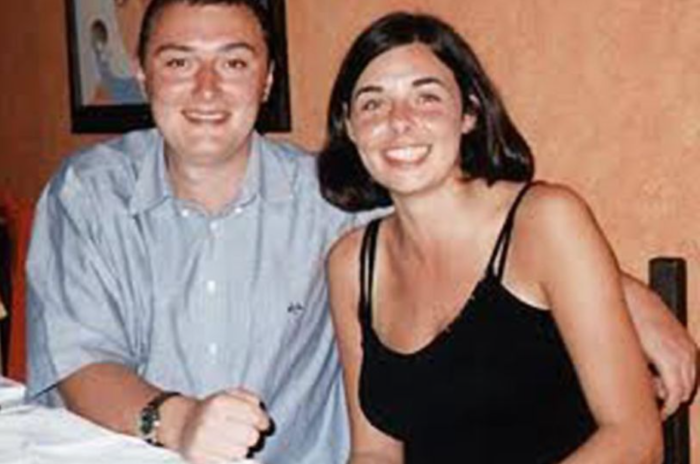By Maddox Brown
* Disclaimer and trigger warning: This article is meant to be a serious (yet sardonic) take on known conspiracy theories. Please click away from this page if you don’t want to be in a bad mood.
Seasons Greetings:
If you are reading this, then you probably have read the book The Catcher in the Rye by J.D. Salinger. If not, then don’t worry, you won’t be lost while reading this article.
First published in 1951, this novel was first intended to be read by adults, supposedly due to its vulgar language and sometimes sexual content. But it is widely read by teenagers because of the lessons and morals it explores that adolescents often confront or think about. Many schools (primarily high schools) select this book for students to read because of the classic “coming of age” crisis the main character goes through. Nevertheless, there are multiple libraries and high schools that have banned the book because of, as I stated before, it’s violent and sexual scenarios, and explicit language.
It’s quite a shame that people who attend those schools and libraries cannot experience this famous tale in all its glory. But there might be another reason for this ban. Despite the psychologists and literary experts who argue that no criminal can legitimately blame his criminal acts on reading a specific novel, apparently there have been murder cases that have involved this novel in particular. Time to dive deep into these cases, to see what went on, and how Salinger’s book might have been connected to it!
Case #1: The Murder of John Lennon:
The first case we will speak of is possibly the best known of the cases. It involves, as said in the title, the murder of singer and songwriter John Lennon in New York. On the evening of December 8th, 1980, the former Beatles member and his wife Yoko Ono were riding in their limousine to their luxurious apartment in The Dakota. When they got out, they passed former Beatles fan Mark David Chapman. As they were about to reach the entrance of The Dakota, Chapman shot 4 bullets from his .38-caliber revolver into Lennon’s back and shoulder, killing him.
As police arrived to the crime scene, they saw and heard Chapman recite from The Catcher in the Rye before his planned arrest. A few hours later, Chapman told the police that a big part of him was Holden Caulfield (who, if you didn’t know, is the main character of the book) and another part was the Devil. His motivation for killing the famous singer was supposedly because of Lennon’s views on God. He was particularly upset by one of Lennon’s quotes, that the Beatles were “more popular than Jesus” as well as the lyrics to Lennon’s later songs, “Imagine” and “God.” To me, he could’ve come up with a better reaction other than outright killing the singer. In the end, Chapman was charged with second-degree murder and sentenced to 20 years to life in the maximum security Wende Correctional Facility in Alden, New York.
Case #2: The Murder of Rebecca Shaeffer:

The second case regards the tragic murder of American model and actress Rebecca Shaeffer. She was living in Los Angeles and had attracted a dangerous and persistent stalker named Robert John Bardo. He had stalked her for about three years, starting from the comfort of his home by continuously mailing letters to her, then moving to more disturbing acts like watching her movements from afar. But the worst was yet to come.
On July 18th, 1989, nine years after the murder of John Lennon, Bardo arrived at Rebecca’s doorstep. He apparently had hired a private investigator the find her address, inspired by Arthur Richard Jackson who had done the same thing to murder actor Theresa Saldana. Rebecca opened the door and was greeted by Bardo holding a card she had sent him, a photo of her, and a copy of The Catcher in The Rye. She then greeted him with a smile and politely asked him to leave and closed the door in front of him. Furious about this outcome, he returned carrying a .357 magnum pistol. When she opened the door, he pointed the handgun at her chest and fired it directly at her heart. Bardo soon fled the scene yelling that he’d killed Rebecca Shaeffer, while running down the freeway. Rebecca died thirty minutes after arriving at the hospital, and Bardo was arrested a day after the murder. Bardo was found guilty of first-degree murder and was given life without parole in Avenal State Prison.
Case #3: Murder of John F. Kennedy:
The third case is one we are all probably familiar with, the murder of the 35th president of the United States, John F. Kennedy. On November 22nd, 1963, Kennedy and his wife were riding in the presidential limousine travelling through Dallas, Texas. From a nearby building, former U.S. Marine Lee Harvey Oswald (the man in the picture) shot the president using a sniper rifle. The Texas governor at the time, was also seriously wounded in the assault so he and Kennedy were both rushed to the hospital. Kennedy was pronounced dead, while the governor recovered.
Around seventy minutes after the shooting, Oswald was arrested by the Dallas Police Department. After his arrest the police searched throughout his apartment and found a dog-eared copy of The Catcher In the Rye on his bookcase. He was charged with the murder of the president as well as the murder of Dallas policeman J.D. Tippit. As Oswald was being transferred from city jail to county jail, he was fatally shot in the Dallas Police Station Headquarters basement by Dallas nightclub operator Jack Ruby.
Case #4: The Reagan Murder Attempt:
Surprisingly enough, Salinger’s work of fiction was connected with another presidential assassination attempt, that of the 40th president of the U.S., Ronald Reagan. In March 1981, the president was shot and wounded by John Hinckley Jr. while Reagan was walking towards his limousine. Hinckley used a .22 Long Rifle to try to kill Reagan, shooting him six times. One bullet was able to ricochet off of the presidential limousine and hit Reagan in the left under arm, puncturing a lung, breaking a rib and causing serious internal bleeding. Miraculously, he was able to survive the gunshot wounds while receiving care at George Washington University Hospital. He was on the verge of death but was stabilized in the emergency room, then underwent emergency exploratory surgery. On April 11th, Reagan was able to make a full recovery and was released from the hospital.
Hinckley’s motivation for the assassination was based on his obsession with actress Jodie Foster. He was suffering from Erotomania (when you think someone is in love with you when they are actually not) and after he watched her in the film Taxi Driver he believed that he was in love with Jodie. He traveled to the city she lived in and even went as far as attending the same university as her—Yale University.
He slid poems and notes under her door and repeatedly called her, but with no results. He believed that if he committed a notorious enough act, Jodie would possibly notice him. He was further inspired by the male protagonist of Taxi Driver, a character named Travis Bickle, who attempted to assassinate a U.S. senator who was running for president. During his trial in 1982, Hinkley pleaded “not-guilty” due to insanity, and was sent to St. Elizabeth Hospital. During the search of his apartment, they found a copy of The Catcher in the Rye on his coffee table. In the end, Hinckley was released from St. Elizabeth Hospital under specific conditions, such as living full time at his mother’s house in Williamsburg, Virginia.
Case #5: Disappearance of Peter Falconio:
This case is possibly the least known of the cases but it involves the disappearance of British tourist Peter Falconio, pictured above with his girlfriend. On the evening of July 14th, 2001, while traveling in their orange van through Stuart Highway in Australia with his girlfriend, Joanne Lees, an ominous vehicle began tailing them. Startled by it, Peter stopped the car and asked the driver of the vehicle what was wrong.
Suddenly, the driver shot Peter then tied Joanne up and stuffed her in his car. Luckily, as the driver was carrying away Peter’s inanimate body, Joanne was able to escape the car and run into a bush and hide. After the incident, Peter was never seen again, and was presumed dead by the police. Police accused Bradley John Murdoch with the kidnapping and possible murder of the tourist, as well as the assault on Joanne Lees. He was sentenced to life in prison, with a non-parole period of 28 years. It is said that hours before his disappearance, Peter had been reading The Catcher In The Rye. His soon-to-be killer had spotted him reading it when they were both at a gas station.
The Manchurian Candidate Theory:
A highly shared theory amongst conspiracy groups suggests that the book is used as some sort of triggering device for “sleeper assassins” who were trained in the CIA’s MK-Ultra mind control program. They use the case of John Lennon as an example.
The prospective assassin would be taken into a program where they’d be trained and psychologically conditioned to do certain things when commanded to act. When his trainers wanted to activate him, they’d use the book in some way as a subconscious trigger to set the assassin’s pre-programmed mission in motion. Once the operation is completed, the individual forgets that he was brainwashed, and will believe any crazy or weird motive as to why they did what they did.
Conspiracy theorists have made claims that the government arranged John Lennon’s murder to discourage his large following of fans who were against the government’s activities. One argument agreed upon by conspiracy groups is that all the above assassins appeared to have some sort of mental illness, which would make them perfect targets for mind control because of the plausibility and credibility they can give to their motives.
The kinds of odd coincidences discussed here, although clearly bizarre, have influenced how some people feel about The Catcher in the Rye. The incidents above are the five best known cases among several supposedly involving this book. Like most conspiracy fantasies, the theory is just wacky enough to be plausible. Now that you know some information about all this, I advise you to read Salinger’s novel if you have not already … unless you are a sleeper assassin.
